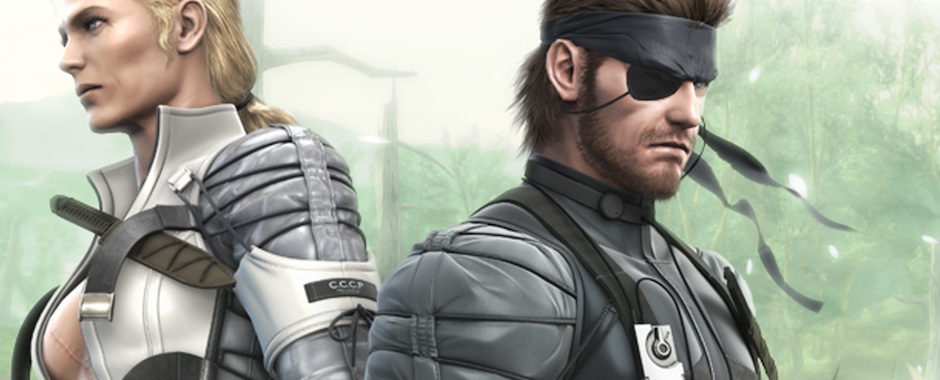Metal Gear Solid lands on the 3DS, but is it quiet brilliance or should it be silenced forever?
Titles like Metal Gear Solid are classic Sony territory, and something you might expect to see on the Vita before anything else, but given the fact that the 3DS just celebrated its first birthday, it simply made it to market on Nintendo’s console first.
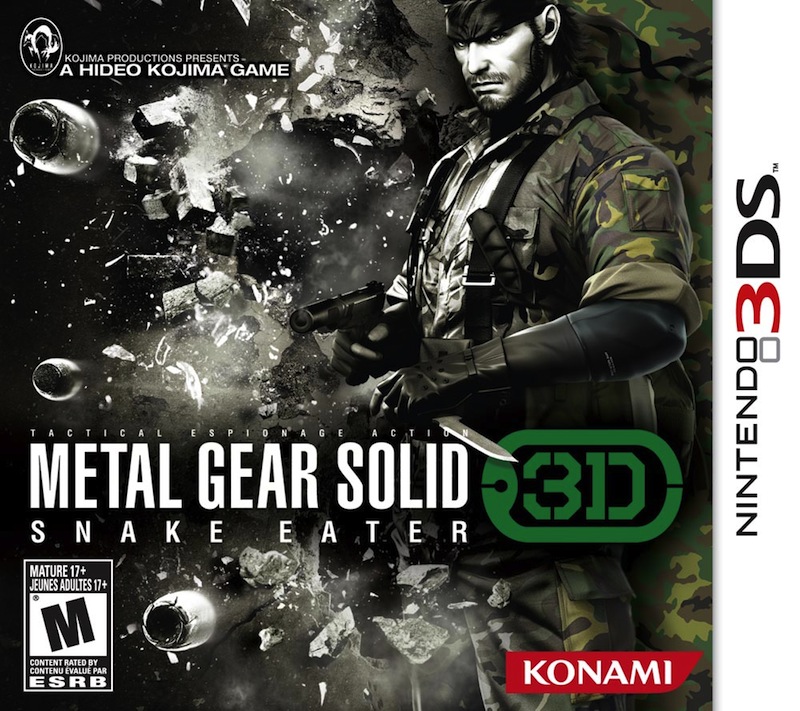
The fact that this game isn’t just a Metal Gear game, but a very specific one at that, should tell you everything you need to know about it. This is Metal Gear Solid 3D: Snake Eater.
It makes for a fine choice for a remake (a common theme, Nintendo? You know, what with this game and this game and all), probably one of the best in the series, if not the best Kojima game ever made. But somehow, moving from the PlayStation 2 on to the portable and less-powerful 3DS, not only was nothing lost in translation, but things were added. Much like Nintendo’s Ocarina of Time re-release, this game is even better than the original.
Let’s start off with what is usually the most forgotten aspect of gaming, yet one of the most important: the audio. Right from the beginning, if you close your eyes and just listen to the game, you might fool yourself into thinking you’re sitting in front of a console title, or better yet, a movie. The audio, in particular the voice acting, is nothing short of phenomenal for a portable title.
And then there’s the background music. Orchestral, beautiful, and much more massive than any portable game ever needs to be. Wow.
The opening cutscene is one you’ve probably seen before, and while the graphics aren’t the best ever, that is your first taste of the audio fidelity in this game. Background noises, cigar butts being extinguished, voices, and the rear of cargo planes opening to the sounds of mass depressurization are all expertly crafted by some seriously talented audio engineers.
The storyline is a beautiful feat as well. It is not uncommon for games to look into the future and create some conflicts between currently fragile national relationships. We’re looking at you, Splinter Cell. But Snake Eater exists in the past – during the Cold War era – and manages to be a completely believable, if not entirely realistic account of what might have happened if there really was a person like Snake out there.
You get a lot of visual cues from the 3D in Snake Eater, but it’s still not something you absolutely need to play the game. For example, it’s good to have 3D turned on if you’ve got an enemy nearby and want to figure out just how close they are to you, but sometimes you’ll need to turn it off to be able to focus on just how many people there are and where they are rather than their distance from you. It’s certainly one of the better uses of 3D and would probably be right behind Super Mario 3D Land in terms of effectiveness. That game is still the gold-standard and it seems like it will be for a while.
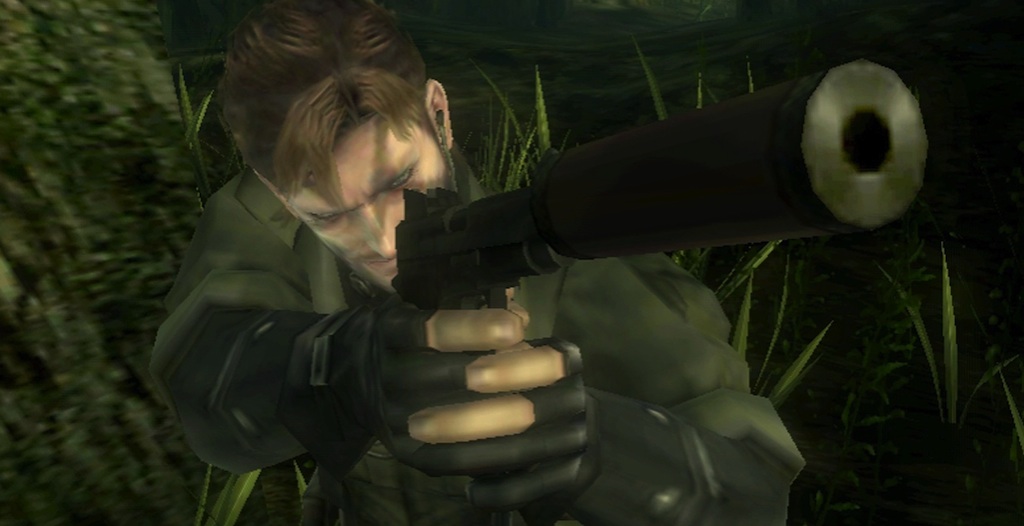
There are also tons of visual surprises where the jungle area really comes to life. Things like snakes popping out at you never gets old, and it doesn’t happen to often so it’s easily tolerable. Just have an extra pair of shorts handy, because while this is a portable console, there’s still plenty of those moments to scare you a bit.
On that note, there are a couple of minor downturns the game takes that, while certainly won’t break the game by any means, are rather annoying.
Framerate issues are abound in Snake Eater. There isn’t anything to make the you change your game style, but it can be a serious pain in the butt when you’re trying to move quickly away from someone trying to shoot you.
The other issue also pertains to graphics, but in a different way. See, Metal Gear Solid: Snake Eater looks almost too good. Not in the sense that there aren’t jagged pixels or unpolished surfaces here and there (because there are), but rather because there is too much fine detail. It makes sense – this game was designed for a big-screen television, really – but there could have been a bit more care put into the actual detail of the game. Sometimes it’s literally too difficult to tell the difference between a small tree and a guard outside their camp if you’re far enough away.
In this same way, I found the camera to almost always be too close to Snake. By that same token, I was playing with Nintendo’s Circle Pad Pro, which does a lot to alleviate the issue because you can move it freely. I have to say, with the PlayStation Vita out there with its dual analog sticks, I would be far less lenient on Snake Eater had there been no Circle Pad Pro. Using the face buttons as an extra directional pad or analog stick is by far an elegant solution.
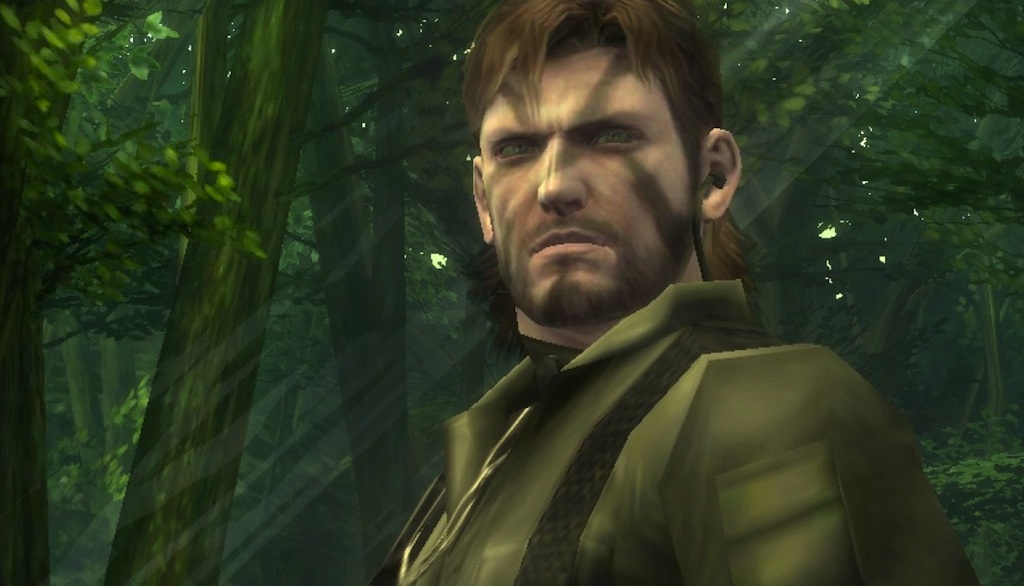
With those things aside, that is really all the game suffers from, and as was said, they’re not by any means game-breaking.
The way in which Kojima Productions managed to show off the presentation of Snake Eater is one of the best I’ve seen on a portable console in a long time. There is one frighteningly-high cliff edge moment where Snake is traversing a narrow ledge of rock when two massive army helicopters descend through the canyon below him. While the visual fidelity isn’t the best, it’s still a remarkable cytscene.
There’s an odd, almost RPG-like element in this game: food and medicine. Snake Eater forces you into finding food and giving yourself vaccines and shots for certain ailments. When we first heard about this aspect of gameplay, it wasn’t the highest on our list of must-play elements. But seeing it in action is actually quite interesting. You can shoot animals in the game to eat them, which will in turn affect your stamina and make it more difficult for enemies to kill you. By the same token, if you’re injured in a specific spot on your body, you’ll need to heal up with a poison vaccine to regain health. It’s a pretty interesting system, and not one we’ve ever seen in a stealth game like this, but it works pretty well.
Stealth is the name of the game here, so that’s what you should probably focus on in this game. Unlike Splinter Cell 3D, where you could pretty much run-and-gun to get through the game, that is a quick recipe for death in Snake Eater. It is far better to stick to the shadows and avoid firing your gun if you can. Once enemies spot you, you’ll need to be very quick on your toes to avoid becoming a target. And with the games framerate issues, getting away becomes that much more of a task.
The controls of the game are the last thing to touch upon. They’re pretty basic, as you might expect: shoulder buttons for aiming and shooting. But the touchscreen plays a really great part here, giving you a lot of customization options and quick access to your weapons without cycling through too many selections.
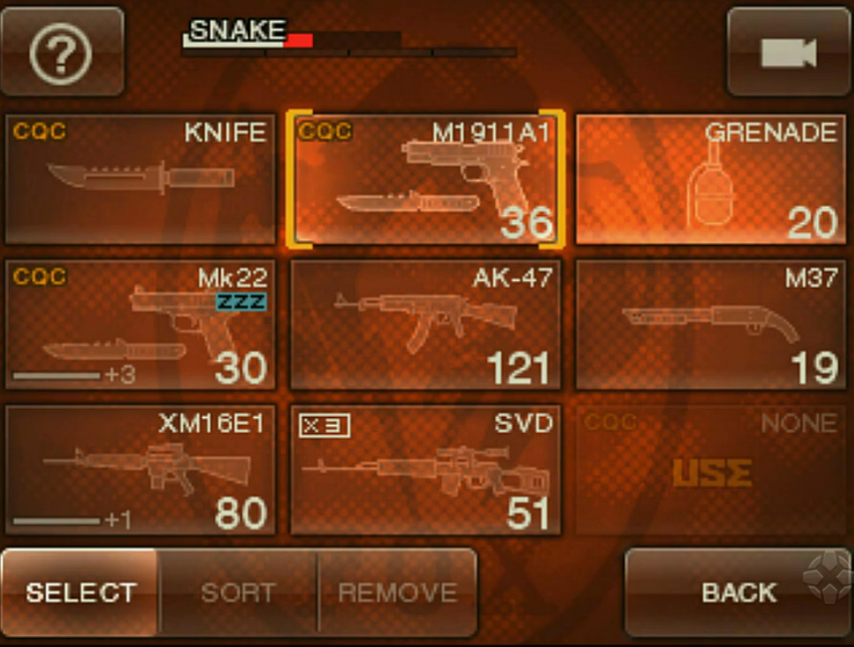
Overall, Metal Gear Solid: Snake Eater 3D is a great portable game. It’s not as tight as it could be, and another month or two in the shop to iron out some small kinks wouldn’t have been a disservice to the game, but if you’re looking for stealth action on the go, this is far and away your best bet.

